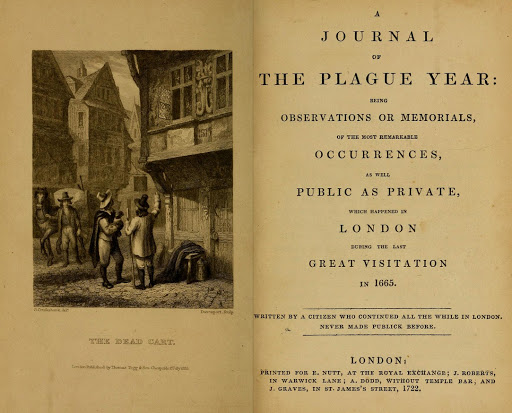 Read the last part of The Thousand Autumns of Jacob de Zoet by David Mitchell, which still takes place in the early 1800’s at the Dutch East India Company trading post Dejima in Nagasaki, as the historical aspects beat the weakest features of the story.
Read the last part of The Thousand Autumns of Jacob de Zoet by David Mitchell, which still takes place in the early 1800’s at the Dutch East India Company trading post Dejima in Nagasaki, as the historical aspects beat the weakest features of the story.
I made an attempt at a chocolate tablet by mixing the cocoa—cacao in French—paste (kako in Créole) I brought back from Guadeloupe—made from the cocoa seeds I had bought at the market, roasting and gashing them—with crushed biscuits and a tiny bit of butter. The result was keeping with the bitter chocolate flavour I enjoy in 100% cocoa tablets, if presumably richer in fat and sugar! As …
 Read the last part of The Thousand Autumns of Jacob de Zoet by David Mitchell, which still takes place in the early 1800’s at the Dutch East India Company trading post Dejima in Nagasaki, as the historical aspects beat the weakest features of the story.
Read the last part of The Thousand Autumns of Jacob de Zoet by David Mitchell, which still takes place in the early 1800’s at the Dutch East India Company trading post Dejima in Nagasaki, as the historical aspects beat the weakest features of the story.
I made an attempt at a chocolate tablet by mixing the cocoa—cacao in French—paste (kako in Créole) I brought back from Guadeloupe—made from the cocoa seeds I had bought at the market, roasting and gashing them—with crushed biscuits and a tiny bit of butter. The result was keeping with the bitter chocolate flavour I enjoy in 100% cocoa tablets, if presumably richer in fat and sugar! As the fig tree is now delivering at full speed, I am making compotes and office deliveries on most days, along with picking great tomatoes (which survived the heat waves) and the second chili pepper that grew from the chili tree this summer—sadly so low on the Scoville scale that it didn’t much differ from the peppers that also grew there—. In a bountiful year, the only failure was the buckwheat attempt, since no single flower came to deliver. Expert advice is thus sought for next year! This did not prevent me from resuming making whey (from skyr) and buckwheat, rye, or chestnut galettes (on the Amazon iron griddle that no longer sticks!).
Watched and enjoyed Dept. Q, a gritty, depressing, and engrossing detective story that mixes cold cases, domestic violence, PTSD, sexism, several levels of guilt, and a variety of Scottish accents, from Edinburgh to the Western Isles. Despite the captivity thread in the scenario that I always dislike as a weak option in this kind of story, albeit making more sense as the episodes unfold. The grey areas surrounding most characters keeps the series at quite an acceptable level of engagement, as does the range of personalities thus displayed. This includes most victims that could have fallen into the poor-dear trap, but remain ambiguous and equally guilty to maintain the balance. Looking forward new seasons (not in the Scottish sense, where most days usually cover all four of them!). Also watched the second season of Wednesday, enjoyable enough if on the light and repetitive side. With Jenna Ortega still running the show, along with a stronger presence of Catherine Zeta-Jones. Just missing the Cramps moment of Season 1!
This entry was posted on October 1, 2025 at 12:25 am and is filed under Books, Kids, Mountains, pictures, Travel, Wines with tags Adam family, Basse-Terre, Black Plague, book reviews, buckwheat, cast iron pan, Catherine Zeta-Jones, Celtic noir, Chamonix, Chennai, chili pepper, cocoa, Cold Case, COVID-19, cuisine, Daniel Defoe, domestic violence, E.M. Forster, Edinburgh, fantasy, galettes, gardening, griddle, Guadeloupe, gun violence, homegrown, India, Japan, Journal of the Plague Year, kako, Outer Hebrides, Paris, Russian invasion, Scotland, Scoville scale, The Cramps, Ukraine, whey. You can follow any responses to this entry through the RSS 2.0 feed. You can leave a response, or trackback from your own site.